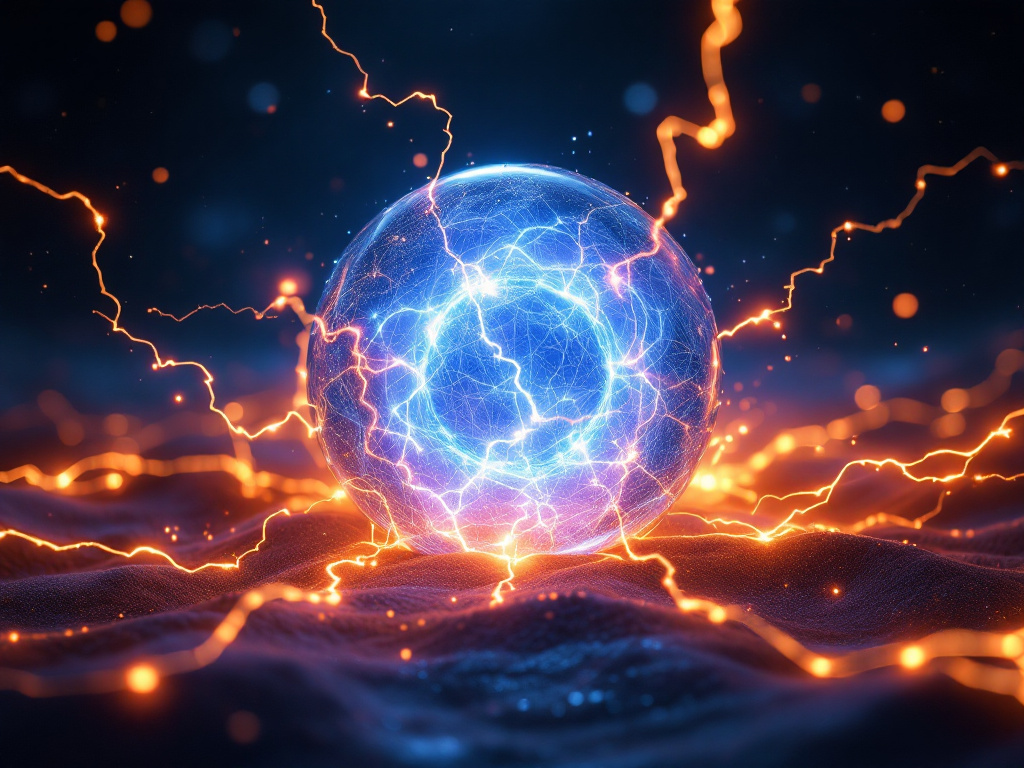Vacuum Energy: The Invisible Mystery That Fills the Universe
The universe seems empty, but in reality, it is a seething sea of energy. What we call "vacuum" is not an absence of matter and energy, but a vibrating entity full of possibilities. This concept, known as vacuum energy, is one of the most fascinating and controversial ideas in modern physics. But what does it really mean? And how could it revolutionize our future?
From Quantum Physics to Vacuum Energy
In the 19th century, people believed that the vacuum was completely empty. However, with the rise of quantum theory, this view was radically overturned. According to quantum mechanics, the vacuum is never truly empty: it is a chaotic soup of quantum fluctuations, where virtual particles continuously appear and disappear—a perpetual dance governed by Heisenberg's uncertainty principle.
In the 1940s, Dutch physicist Hendrik Casimir demonstrated that these quantum fluctuations in the vacuum produce measurable effects. The so-called Casimir effect shows that two surfaces placed extremely close together in a vacuum experience an attractive force due to these quantum interactions—a phenomenon with profound implications for nanotechnology.
Vacuum Energy and the Expanding Universe
Vacuum energy is also one of the leading candidates to explain dark energy, the mysterious force accelerating the expansion of the universe. Einstein's general relativity initially included a “cosmological constant” to maintain a static universe, but today, it may be reinterpreted as a manifestation of vacuum energy.
The idea is fascinating: the vacuum itself may contain enough energy to warp space-time, driving galaxies apart at an ever-increasing rate. If confirmed, this discovery could reveal an inexhaustible energy source capable of powering technologies beyond our imagination.
Possible Applications and Futuristic Dreams
The concept of extracting energy from the vacuum is hotly debated within the scientific community. Some theorize that if we could harness this energy, we might create fuel-free propulsion systems, infinite energy generators, and even devices that challenge the laws of classical physics.
One inspiration comes from Dirac’s famous equation, which suggests that the vacuum may contain negative energy states, opening the door to speculation about zero-point energy. However, the technical challenges are enormous: quantum fluctuations are incredibly small, and so far, no one has found a practical way to extract net energy from the vacuum.
Some experiments, such as those investigating advanced electromagnetic propulsion (like the controversial EmDrive), hint at effects not yet fully understood. Additionally, quantum physics remains largely an unexplored frontier—new discoveries could one day turn today’s science fiction into reality.
Is the Vacuum a Hidden Universe?
Vacuum energy remains one of the greatest mysteries of modern physics. It is the very foundation of our universe, yet at the same time, it holds untapped potential and unanswered questions. If one day we fully understand it, we may be on the brink of the greatest scientific revolution in history—one that could redefine the laws of energy and technology.
For now, the vacuum is anything but empty. And perhaps, in its invisible silence, it holds the secrets of the universe itself.








Leave a Comment